Is There a “Moment” Coming in the Battle Between Charity Care, Nonprofit Hospitals, and the Communities They Serve
While I have always known and understood the value of charity care in hospitals, I seem to be hearing increasingly about this tug and pull as it pertains to making payments vs. giving charity care. Congress has begun to weigh in. CMS is weighing in. Hospitals are pushing back, complaining about the numbers of uninsured. Is there a moment coming that will bring this issue to a head? More news is talking about it, that is for sure: Charitable care stagnant even as nonprofit hospitals sue Hoosiers
Nonprofit hospitals have a unique role in the healthcare system, combining medical services with a mission to serve the community, especially the underserved. One of the primary ways these hospitals fulfill their mission is through the provision of charity care, which refers to free or reduced-cost medical services provided to individuals who cannot afford to pay.
Nonprofit hospitals are required by federal law to offer charity care as part of their obligation to maintain tax-exempt status under section 501(c)(3) of the Internal Revenue Code. This requirement is grounded in the expectation that these hospitals provide a community benefit that justifies their tax-exempt status. The Affordable Care Act (ACA) further strengthened these obligations by introducing specific regulations under Section 501(r). These regulations require nonprofit hospitals to conduct a community health needs assessment (CHNA) every three years, implement a written financial assistance policy (FAP), limit charges for emergency or other medically necessary care to individuals eligible for assistance, and make reasonable efforts to determine whether an individual is eligible for assistance before engaging in extraordinary collection actions.
The FAP is a crucial document that outlines the criteria for eligibility for charity care, the method for applying for assistance, and the basis for calculating charges. Nonprofit hospitals must widely publicize their FAP, ensuring that the policy is easily accessible to all patients, especially those who may be eligible for charity care. The policy typically includes income thresholds based on the federal poverty level (FPL), though specific eligibility criteria can vary by hospital. Some hospitals may aid individuals with incomes up to 400% of the FPL.
Despite these requirements, the implementation and impact of charity care can vary significantly between hospitals. Some critics argue that not all nonprofit hospitals provide sufficient charity care relative to the financial benefits they receive from their tax-exempt status. Additionally, the criteria for eligibility can be restrictive, and not all patients who qualify for charity care are aware of the assistance available to them. Hospitals are required to make reasonable efforts to determine a patient's eligibility before pursuing collections, but the extent to which this is enforced can vary.
There is growing pressure on nonprofit hospitals to increase transparency and accountability in how they report charity care and other community benefits. The IRS Form 990 Schedule H requires hospitals to report the amount of charity care provided, but the methodology for calculating this can vary. Some states have additional reporting requirements and oversight mechanisms to ensure that nonprofit hospitals are meeting their obligations to provide charity care.
It would be wrong not to admit and not discuss that The Affordable Care Act (ACA), which hospitals agreed to thus lowering their reimbursement rates, included provisions that there would be FAR less uninsured with the individual mandate. And then the courts rejected that as unconstitutional. And the uninsured went up. And that doesn’t consider inflation, job losses, COVID, etc.
I am not sure if there are any answers… at least any I have that would solve this issue. But I get the impression that this issue, nationally, is coming to a head. And something is going to have give.


